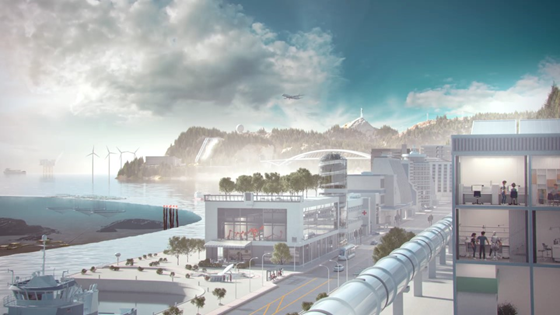
Transportation for the 21st Century
What will the future transport system look like? SINTEF will contribute to answering this, through participation in the government-designated strategy process Transport21.

What will the future transport system look like? SINTEF will contribute to answering this, through participation in the government-designated strategy process Transport21.
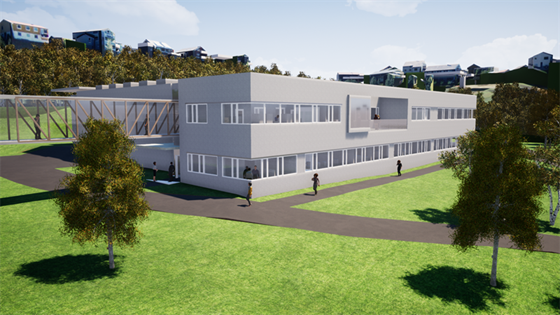
From July 1st 2019, a completely new laboratory building will be housing most of the laboratory services of the geo science at NTNU and SINTEF.
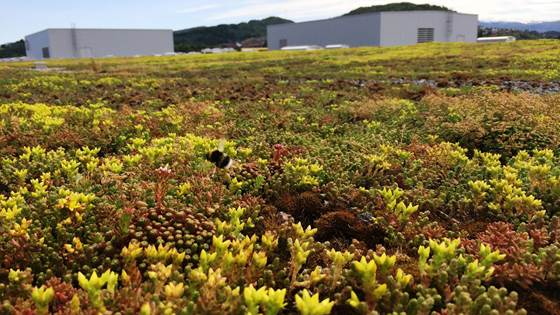
The amount of rain is increasing, and in urban areas the big question is what to do with all the water. A new GIS-based tool indicates where blue-green infrastructure, such as rain gardens, is best located.
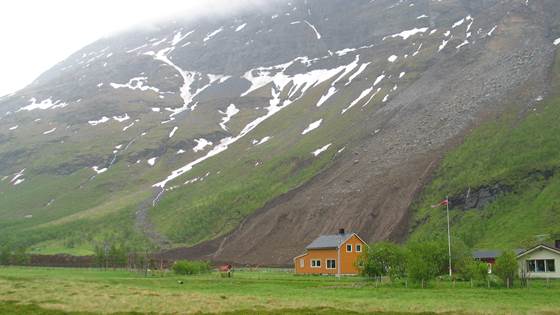
In the coming four years, the research project KlimaDigital aims to study the use of digital solutions to mitigate societal risks due to geohazards in a changing climate.
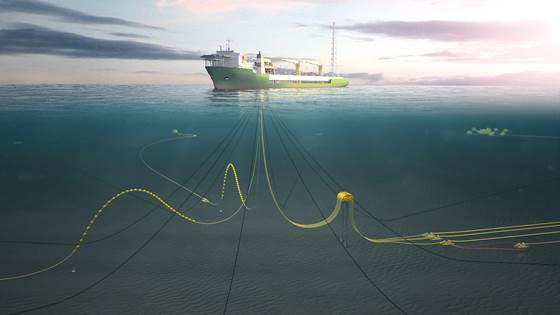
In this edition of the handbook, it is extended to include experience from the operation of flexible pipes as well as updates on methods and technology in the years since the first edition of the handbook.

Storing compressed air in sealed tunnels and mines could be a way of storing energy in the future – if an EU project in which Norway is a partner is successful.
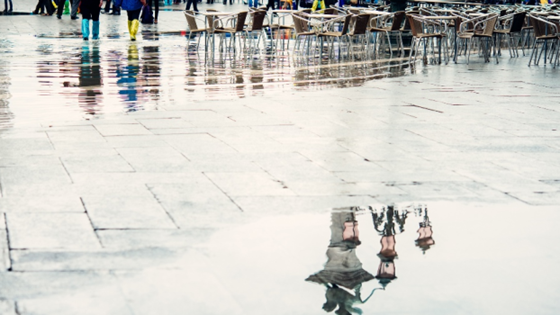
Warmer weather and more rain have made surface water an environmental problem.
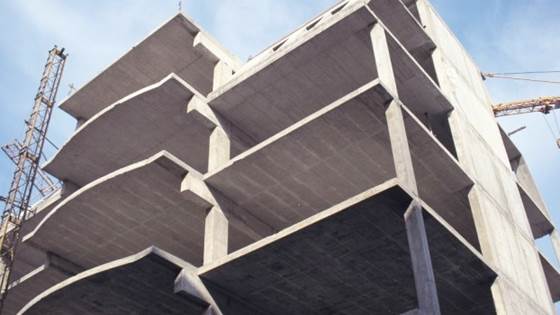
Blue clay from Norway is emerging as a climate-friendly alternative to cements used to make concrete – turning a waste material into a resource.
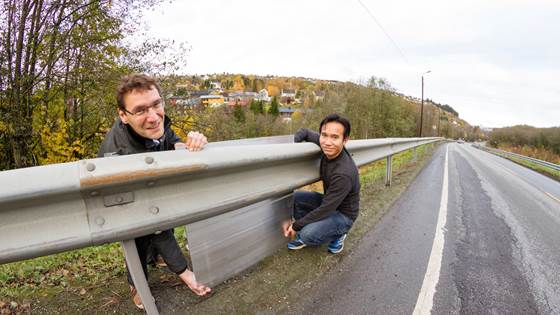
A combined solution offers better protection against traffic noise – and can also benefit two-wheeled road-users.
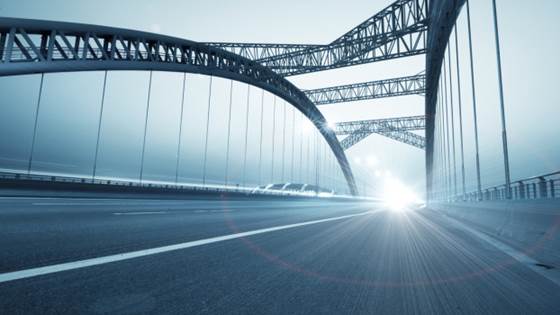
Soon our roads and bridges will be paying back the energy used to build them. Power Roads are on their way!
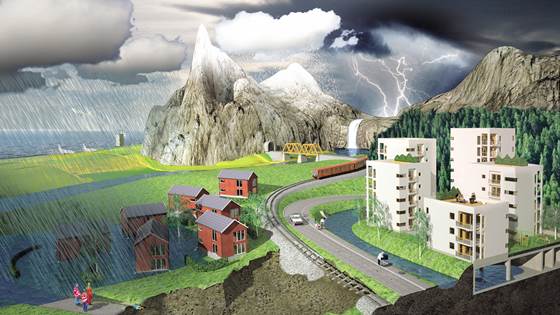
The Research Council of Norway has announced the establishment of 17 new centers for research-based innovation (SFI). Klima 2050 is one of these, and Norway finally gets a Centre for climate adaptation of the built environment. The official start-up...